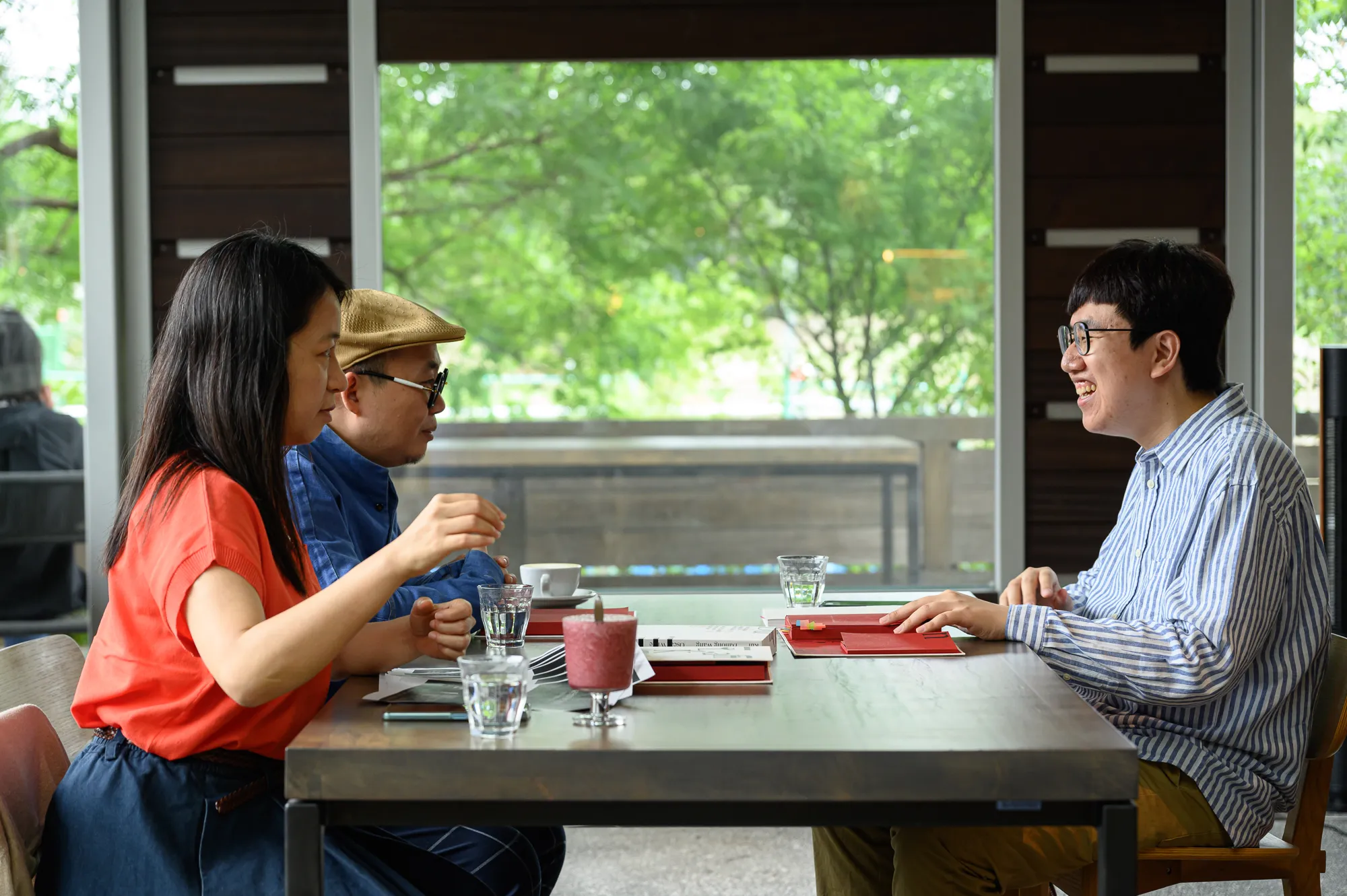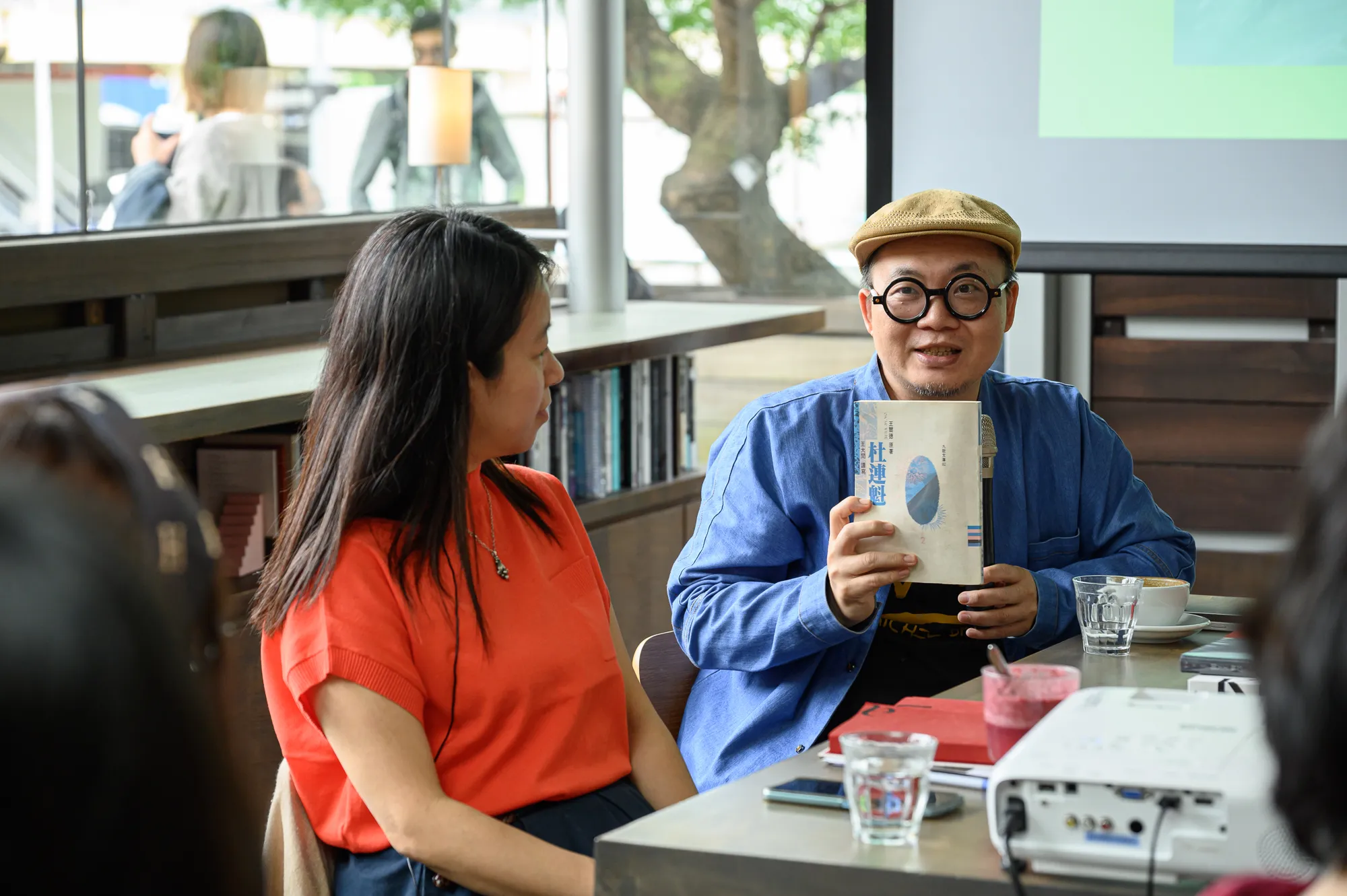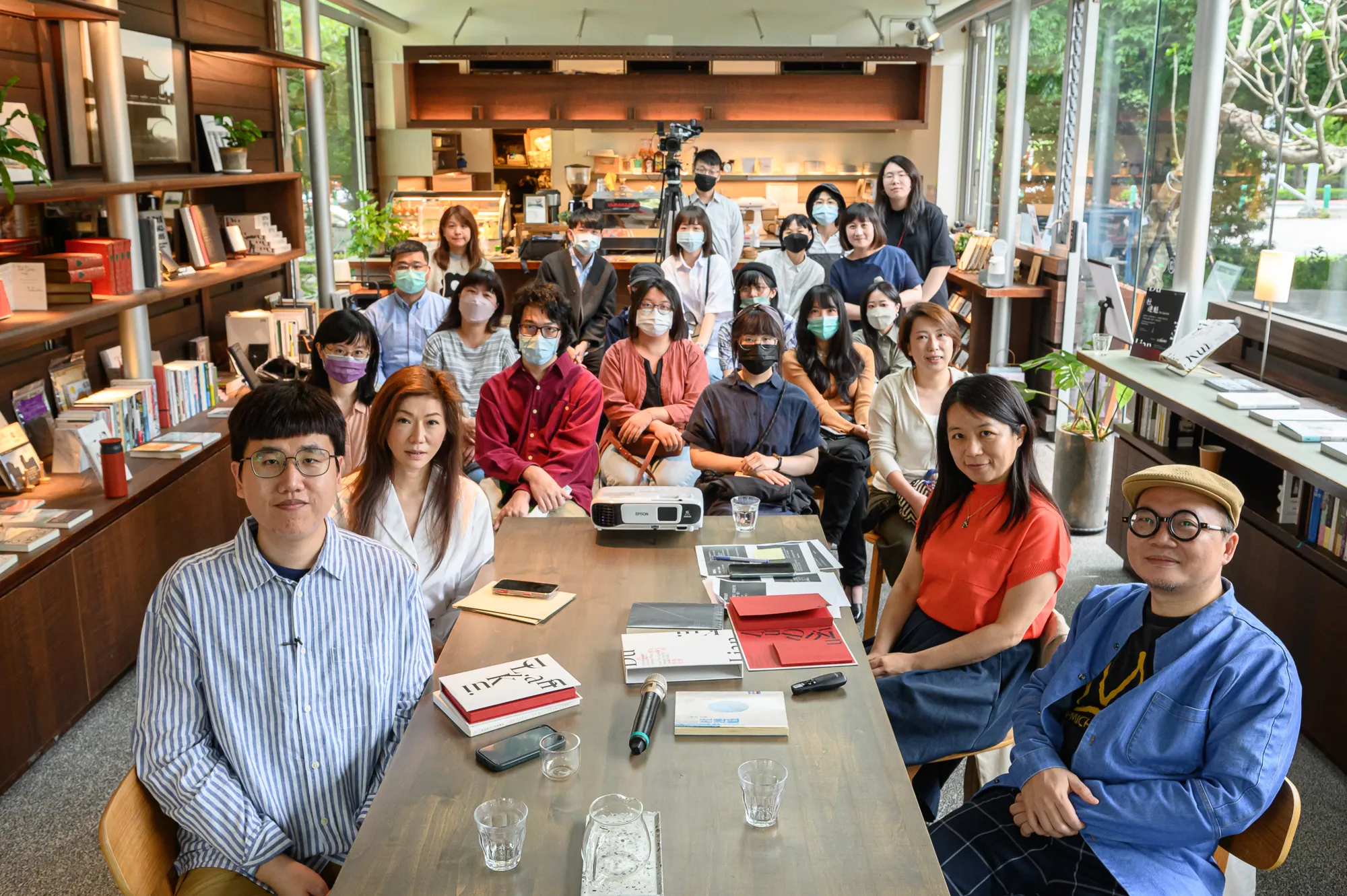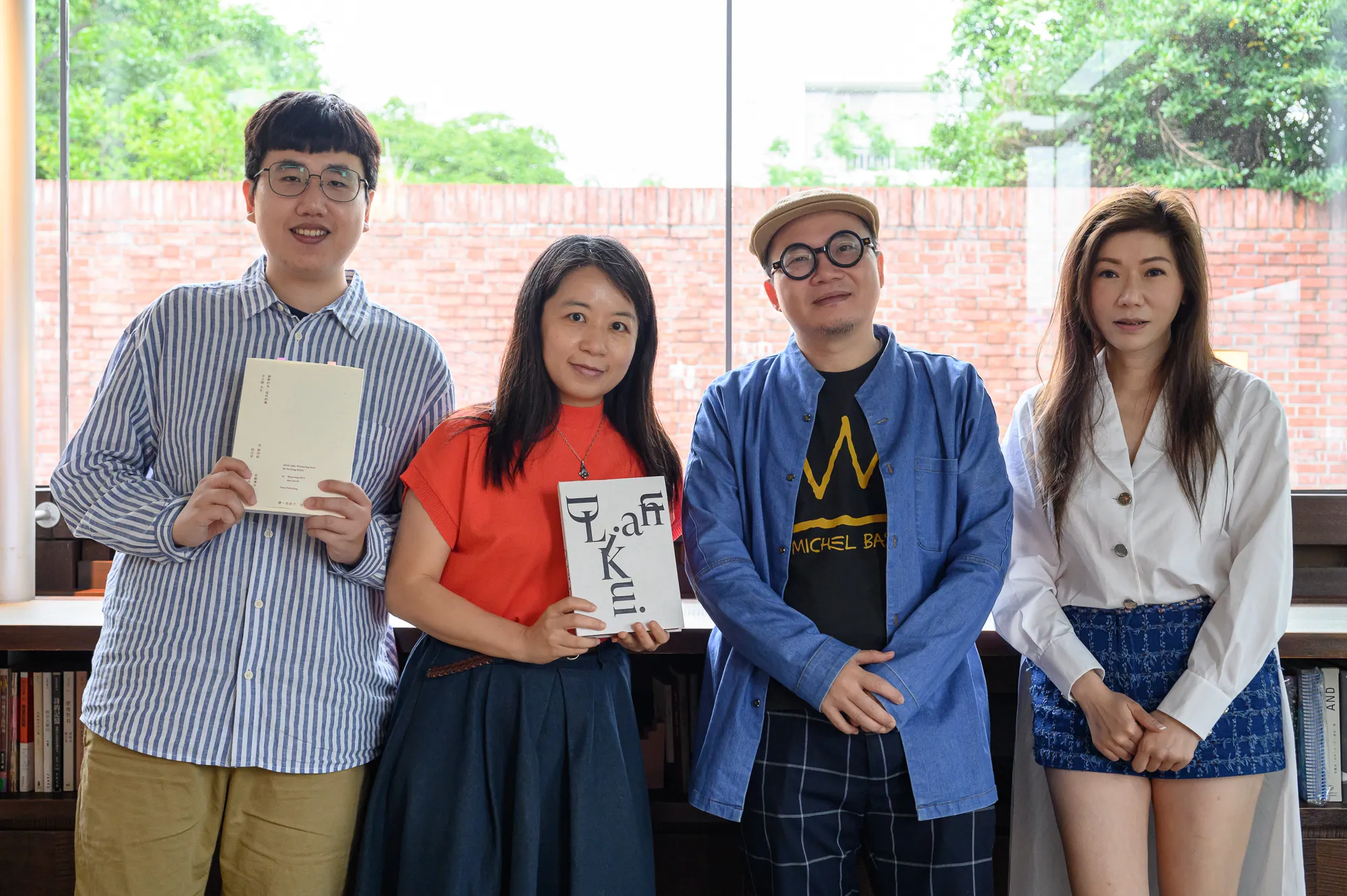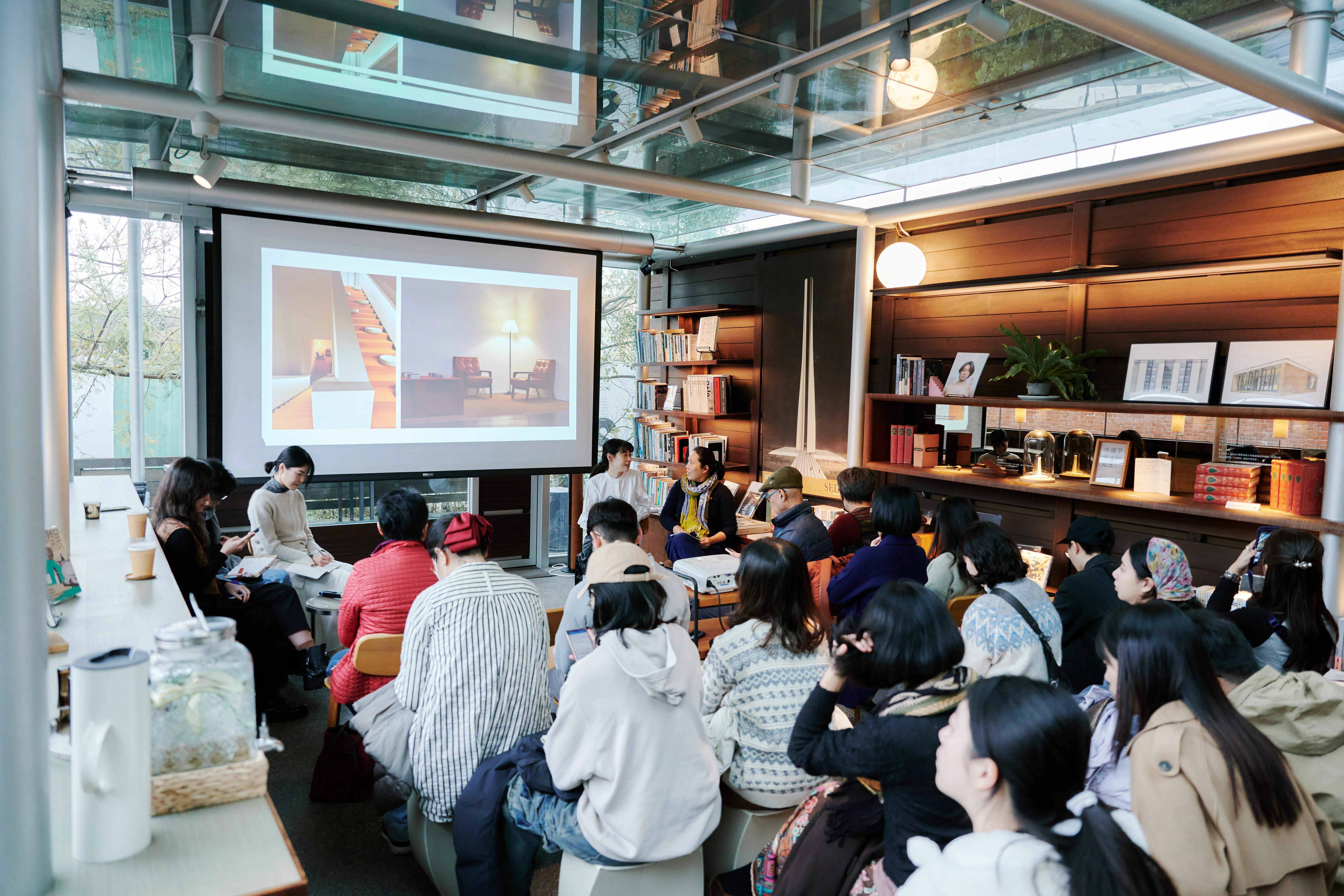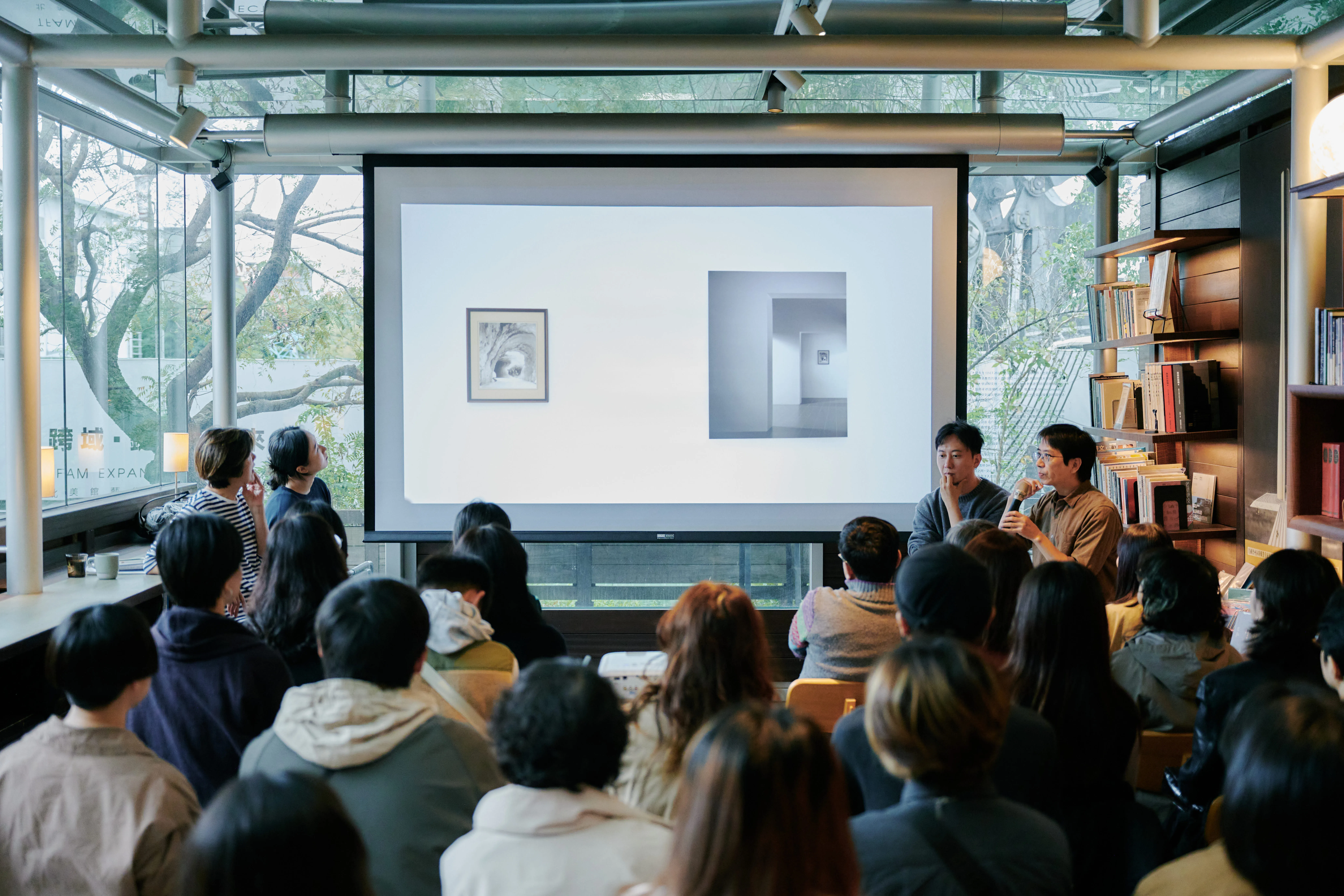
Chimera Literary Salon| Transforming Taipei Through Writing—The Urbanscape in Du Lian Kui
Speakers
Poet Liao Wai Tong
Young Novelist Chen Pak Yan
presiding
Yang Jia-han, Associate Professor/Writer, Department of Chinese Literature, National Tsinghua University
locations
Wang Daishui Shuxuan (No. 153, Section 3, Zhongshan North Road, Zhongshan District, Taipei City)
fees
$150 (DISCOUNTED BOOK PURCHASE)
Event Content
Wang Daizhi, the first generation of Taiwanese architect after the war, presented Wilde's classic novel “The Portrait of Gray” with ten years of light (The Picture of Dorian Gray) The scene was moved from Victorian London to Taipei in the 1970s and translated into Dulienqui, which belongs to his era. Through the transformation of time, Wang Daei not only allows us to see a common fable about humanity, but also buried its aesthetic thoughts and observations of Taipei in the plot of the novel. In 2021, a new production was produced by the Wen Shin Art Foundation, curated by the Wen Shin Art Foundation, in collaboration with the Wang Daishi Architectural Research and Preservation Society.
This series of lectures was specially invited by Yang Jia-han (Associate Professor/Writer in the Department of Chinese Literature, National Tsinghua University) to analyze from a literary perspective, introduce Du Lianqui to present Taiwan, and discuss the meaning of reading classics for modern readers; while exhibiting in the works MR. WANG DAICHI'S REFLECTION ON THE TIMES OF THE PLACE AND BROUGHT EVERYONE “CLOSER TO WANG DAICHI” FROM THE VIEWPOINT OF THE BUILDING.
Returning to the opening theme, the second lecture invited Liao Wai Tong (poet) and Chen Pi-yan (young novelist) to share their thoughts on the streets and cities of Taipei from their writing experiences and reading Du Lien Qui.
Event Review
A literary work that describes the city involves the experience of space in time, and when reading, one can often experience the complex transformation of time into space. In the process of translating The Portrait of Gray into Du Lien Qui, Wang moved the story stage from Victorian London to Taipei in the 1960s and 1970s, through fine detail. Various chapters of the book present an exploration of Taipei, and Wang Dai-shun incorporates the time-space background, environment, architecture, and his ideas for Taipei, not only rewriting but almost original imagining of the whole story. It is this particular way of translating that adds a share of “poetics” to the work. In addition, it corresponds to other literature describing Taipei from different periods, such as Bai Xian Yong's “The People of Taipei”, the poem by the speaker Liao Wai Tong, Wanhua/Yin's “Bitan”, and Chen Pai Yan's novel “What's on Wenzhou Street?” Through literature, readers can revisit literature, see how cities become labyrinths of text and text, and rethink urban spaces. In a time of rapid change, discover a hint of strangeness from the interpretation of different views of familiar objects to update your perception of the city at times.
